5. In My Father’s Den (Brad McGann, 2004)
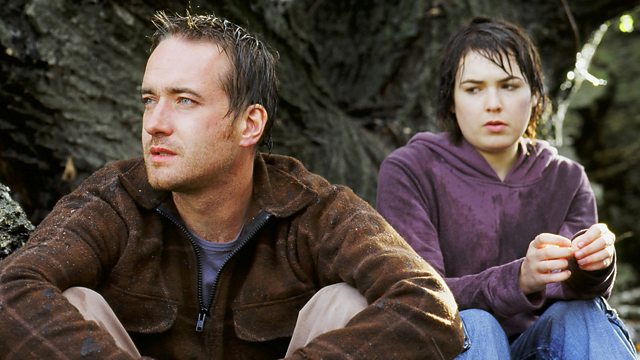
In December 2003, Frodo Baggins finally cast the One Ring into the fires of Mount Doom, bringing one of cinema’s greatest trilogies to a dramatic close. The next New Zealand film to be released was another book adaptation.
However, it would not be quite as epic or mainstream. In My Father’s Den, based on the Maurice Gee novel of the same title, explores the trauma of a collapsing family and the consequences which echo throughout the next generation.
The film establishes its central conflict during the aftermath of a family bereavement, where the protagonist, Paul Prior, returns to his South Island home after spending seventeen years in a self-imposed exile, to attend the funeral of his late father.
Director Brad McGann successfully weaves together the melancholy of the main character and the family history he continues to suppress. The film opens with an underlining tension between Paul and his brother Andrew which the director explores through constant flash backs to the pre-existing conflict over their mother’s suicide and their father’s scandalous behaviour.
It is within the fragmented portrayal of Paul’s silence and secrecy that we as an audience can critically respond to the tragic effects a broken family has on both individuals and those who surround them.
4. Hunt for the Wilderpeople (Taika Waititi, 2016)
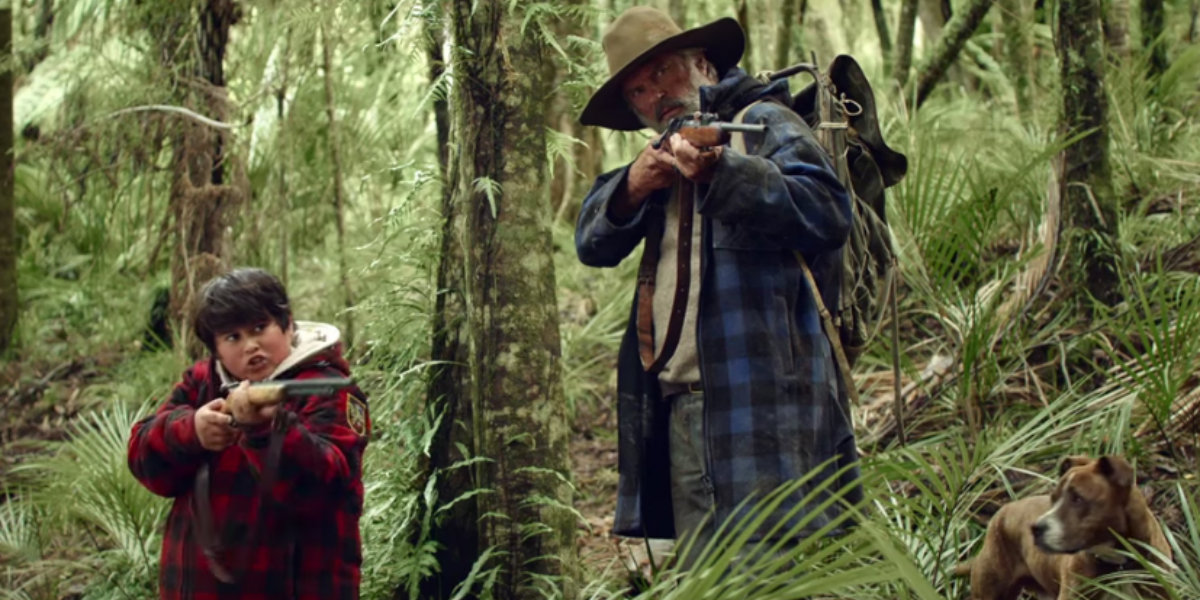
The most recent example of New Zealand’s national cinema is Taika Waititi’s Hunt for the Wilderpeople. A thrilling adaptation of the Barry Crump novel Wild Pork and Watercress, the story centres on the eccentric manhunt through the New Zealand wilderness for a young juvenile delinquent (Ricky) and his gruff adoptive uncle (Hec).
The film successfully reinforces two key themes of New Zealand cinema: 1) the country’s pastoral sway; and 2) the unstable family unit. In regards to the first theme, Waititi effectively utilises the native bush and mountains as a canvass to paint the vastness of the wild environment that the film’s characters race into, whilst also capturing every intimate detail through sharp cinematography and smooth editing.
The wilderness serves as both a haven and a hindrance for Ricky and Hec, concealing their presence but also testing their will to survive. This concept mirrors the perplexing connection New Zealanders have with their rural surroundings, as the sparsely populated land throughout the country offers physical and psychological isolation.
As for the second theme, Waititi relies on both character development and dark comedy to highlight the atypical traits of family life. New Zealand films often portray a marked sense of hostility towards the nuclear family unit, where functional dynamics are easily dismantled from both exterior and interior issues.
There is usually a strong emphasis on the significance of the mother’s role in a New Zealand family, with the father often absent or emotionally aloof. When Ricky loses the only the mother figure in his life, he and Hec are forced to overcome their differences and build a surrogate family of sorts in order to survive.
3. Heavenly Creatures (Peter Jackson, 1994)
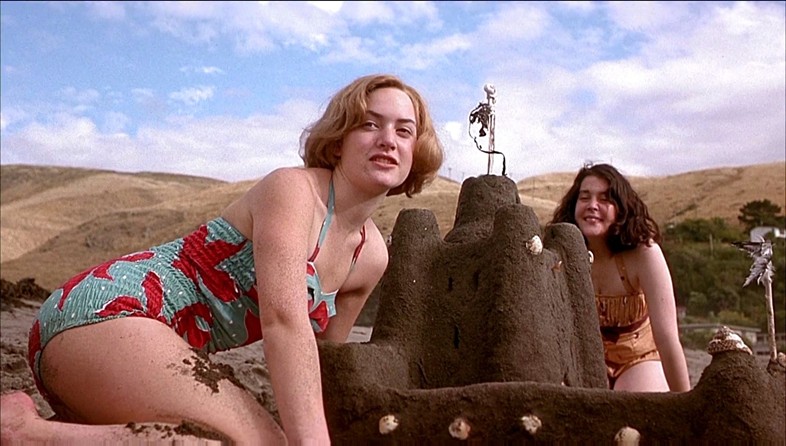
After a filmography that consisted primarily of splatter-gore comedies, Peter Jackson’s Heavenly Creatures marked a significant shift in the director’s filmmaking style in terms of both tone and storytelling. Inspired by true events, the film explores the close but troublesome relationship between two teenage girls – Pauline Parker and Juliet Hume – in 1950s Christchurch, which culminated in both of them murdering Parker’s mother.
In order to delve into the psychological aspects of the murder case, Jackson along with his wife and writing partner Fran Walsh read through Parker’s diary and consulted with doctors, psychiatrists and local law enforcement.
Excerpts from the dairy are read by the character’s voice-over throughout the story. One of the film’s major highlights involves the girls’ recurring escapes into their fantasised world of pure beauty, which over time distorts their perceptions of reality.
Here Jackson utilises the visual wizardry of the then newly formed Weta Digital, who would come to play a larger role in the director’s future projects. Heavenly Creatures also marked the screen debuts of both Kate Winslet and Melanie Lynskey and helped launch their acting careers.
2. The World’s Fastest Indian (Roger Donaldson, 2005)
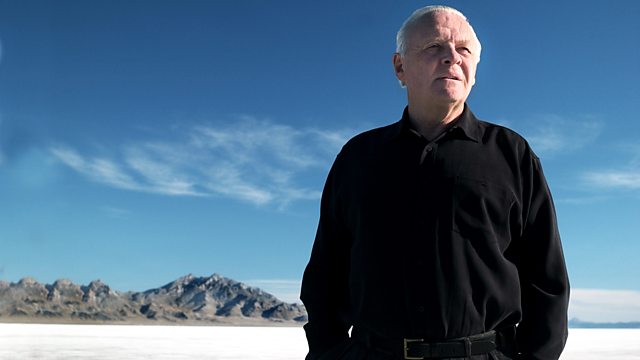
Ingenuity is an important trait of New Zealand’s national identity. The ‘No.8 wire’ mentality of the New Zealand people dates back to the early farmers and pioneers who helped shape a land of wild bush and mountain ranges into a rather effective British colony. This term refers to the idea behind the No.8 fencing wire, and how simple materials such as this can construct any physical object or easily fix common problems in everyday life.
Roger Donaldson successfully achieves this notion in his 2005 film The World’s Fastest Indian; a biographical drama about a sixty-year-old man from Invercargill who, in 1967, set one of the greatest land speed records at the Bonneville Salt Flats in Utah. Although Anthony Hopkins falls short in nailing the New Zealand accent, he certainly brings the enthusiasm and spirit of Burt Munro to life.
The film takes every opportunity to flesh out the resourcefulness of Munro, especially in regards to the maintenance of his 1920 Indian Scout Motorcycle. Here Donaldson’s technical competence and use of imagery work together to capture the very essence of the ‘No.8 wire’ mentality.
The director successfully utilizes the close-up, outlining the instant movements of the character’s hands and tools while he confidently assembles parts for his motorcycle. The low angle frames of Munro during these scenes focus directly on his facial features, depicting the imperfections of his skin and eyes, and exposing the determination within.
These camera shots are edited together in a mechanical format, providing fluent correlations with the rhythmic beat of the character’s work. This ‘Do-it-yourself’ approach not only reflects the New Zealand culture, but also the abilities of its filmmakers.
1. The Piano (Jane Campion, 1993)
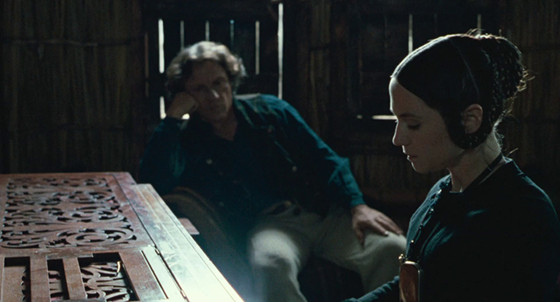
To the outside world, New Zealand’s history may not seem so comprehensive or enthralling. Nevertheless, it does provide a captivating setting for storytelling.
Jane Campion’s The Piano brings the nation’s history to the world stage in a stunning but tragic tale of love and oppression. Set in the mid-19th century during the colonisation of New Zealand, the film follows the epic journey of Ada McGrath – a mute piano player from Scotland – as she is sold into marriage to an indifferent and emotionless frontiersman. Her only solace is found in her piano playing.
Campion’s poetic script and the powerful performances given by Holly Hunter, Sam Neil, Harvey Keitel and Anna Pacquin (in her first acting role) breathe life into a dark, damp and bleak environment. The Piano was the first Academy Award-winning New Zealand film, earning Best Original Screenplay, Best Actress for Hunter and Best Supporting Actress for Pacquin – the second-youngest recipient of that category.
Honourable Mention: What We Do in The Shadows (Taika Waititi and Jemaine Clement, 2014)
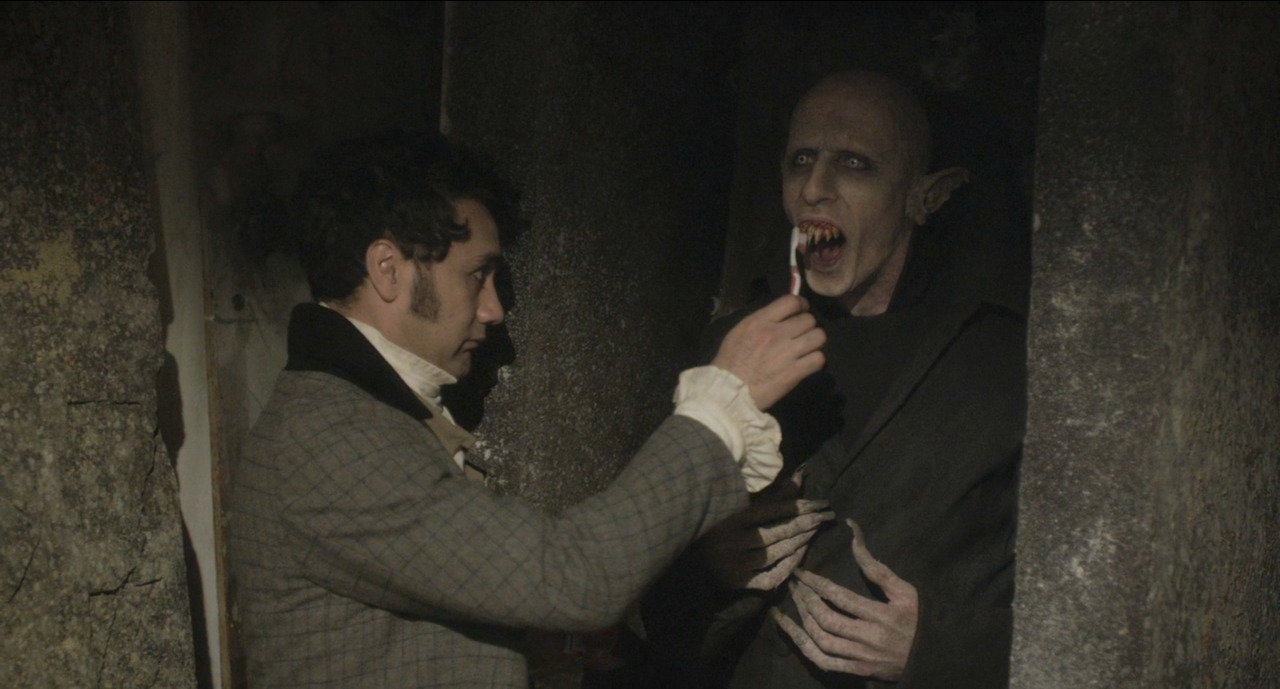
There is no denying that Hollywood has been fixated with the vampire genre over the past decade. Whether it’s an epic saga depicting savage wars between vampires and werewolves such as the Underworld franchise, or an adaptation exploring the monotonous relationship between a vampire and a teenage girl like the Twilight saga, the industry has pumped out more and more films featuring sex, violence and fangs. Taika Waititi’s and Jemaine Clement’s collaborative piece is a refreshing change of pace, utilising the awkward comedy and Kiwi culture to tell a different vampire story.
The film follows the mockumentary format and documents the lives of four Wellington based vampires who are renting together in the suburbs and spend each night hunting for, and often failing to find, their next prey. The film has done well both locally and internationally, and has helped to shape a wider appreciation of New Zealand comedy – therefore deserving of an honourable mention on this list.
There you have it, the complete list of the top 10 examples of New Zealand’s national cinema. Do you agree with the film choices on this list? What examples do you think are also worth discussing? Feel free to leave a comment below.
Author Bio: Jonathan Knox holds a Bachelors Degree in Film and History, and is currently completing his Masters in Archiving. He is based in Wellington, New Zealand, and spends his spare time writing short stories and screenplays.